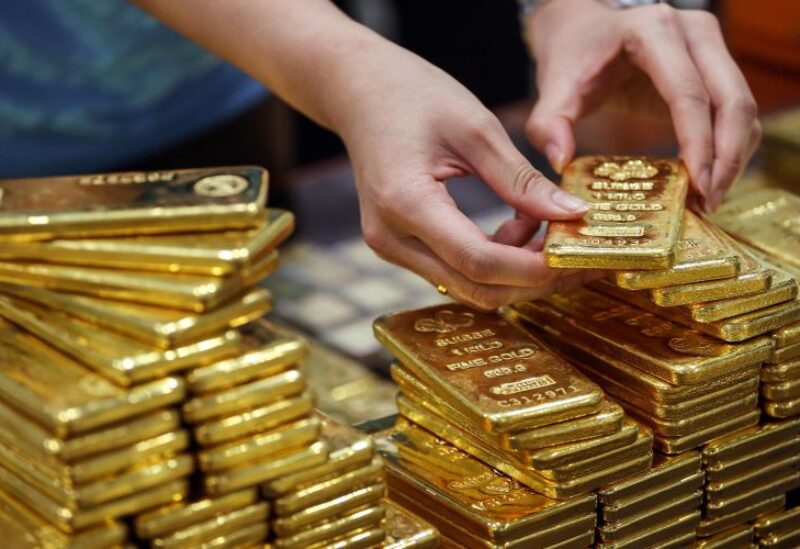
Gold
Financial markets have been tense in recent weeks as tensions on the Russia-Ukraine border have been a major driver of price movement.
While central banks remain the primary underlying topic, traders are dealing with unpredictability in the geopolitical scenario, which is difficult to quantify. In this context, gold has performed admirably in its traditional role as a safe-haven asset.
The simple day-to-day challenge of forecasting and analyzing macro and micro news that influences price and risk fascinates market participants, whether they are economists, analysts, investors, traders, or speculators.
After all, individuals who are in charge of financial market positions are effectively “risk” managers. And by building models based on history, economic data, and official comments, these market participants may at least try to predict the outcome of central bank choices.
However, no playbook can predict the outcome of global events, even though history has shown what can happen.
As a result, the conclusion of Russia’s standoff, like any other geopolitical issue, is a type of so-called “tail risk” that cannot be fully predicted and could have massive economic effects.
This means that results are unknown, and volatility is high – the worst possible scenario for a market.
For example, volatility in the US government bond market, dubbed “the cornerstone of the global financial system,” is nearing its greatest level since the coronavirus crisis’ height of market instability.
Concerns about central banks tightening monetary policy to combat excessive inflation have added to the mix.
The gold price has recently begun to profit from the persistently strong price pressures, emphasizing the commodity’s reputation as a hedge against rising inflation.
In early January, rising bets on future interest rate hikes kept any real upside for the non-yielding precious metal at bay, but the Ukraine crisis has supplied the push for a rally to the crucial $1,900 price level.
For example, volatility in the US government bond market, dubbed “the cornerstone of the global financial system,” is nearing its greatest level since the coronavirus crisis’ height of market instability.
Concerns about central banks tightening monetary policy to combat excessive inflation have added to the mix.
The gold price has recently begun to profit from the persistently strong price pressures, emphasizing the commodity’s reputation as a hedge against rising inflation.
In early January, rising bets on future interest rate hikes kept any real upside for the non-yielding precious metal at bay, but the Ukraine crisis has supplied the push for a rally to the crucial $1,900 price level.
Gold spot prices have risen beyond $1,900 in recent sessions, but have yet to close the day above that level – at least for the time being.
The relationship between gold and “real” interest rates, which are adjusted for inflation, is an intriguing factor to consider. “Real” rates have historically been inversely associated with gold, meaning that when they rise, the price of the precious metal falls.
This is because non-interest bearing assets, such as gold, become less desirable as interest rates rise. They would, in effect, boost the cost of storing non-yielding bullion. This year, though, this has not been the case. Gold prices have remained stable even as “real” rates have climbed.
This could be due to rising growth concerns in the United States, as the Federal Reserve is pushed to act to keep inflation under control.
Several Wall Street analysts are speculating that the Fed and other central banks may make a policy blunder.
While we won’t know for some time whether a forthcoming decision would send the US economy into recession, investors prefer the security of having gold in their portfolios if this happens.
In investment portfolios, gold has a long and generally steady history. It’s been marketed as a way to protect fiat currencies like the dollar from losing purchasing power.
It also has a lengthy track record of protecting investors from unexpected shocks by acting as a store of value during times of stress. We only had to look to 2020 to see how bullion paid off as markets struggled to absorb the economic damage from the coronavirus outbreak.
Alternative asset classes such as cryptocurrency, nicknamed “digital gold,” have a short track record and high price volatility, highlighting the real, gleaming metal’s relative attractiveness in times of crisis.